|
Myanmar Standard Time
Myanmar Standard Time (, ), formerly Burma Standard Time (BST), is the standard time in Myanmar, 6.5 hours ahead of UTC. Myanmar Standard Time (MMT) is calculated on the basis of 97°30′E longitude.MFF 2002: 1 MMT is used all year round, as Myanmar does not observe daylight saving time.USNAO 2013: 262 History Pre-colonial period Myanmar did not have a standard time before the British colonial period. Each region kept its own local mean time, according to the Burmese calendar rules: sunrise, noon, sunset and midnight.(Clancy 1906: 57): The Burmese calendar recognizes two types of day: astronomical and civil. The mean Burmese astronomical day is from midnight to midnight, and represents 1/30th of a synodic month or 23 hours, 37 minutes and 28.08 seconds. The civil day comprises two halves, the first half beginning at sunrise and the second half at sunset. The day was divided into eight 3-hour segments called ''baho'' (ဗဟို), or sixty 24-minute segments called ''nayi'' ( ... [...More Info...] [...Related Items...] OR: [Wikipedia] [Google] [Baidu] |
Standard Time
Standard time is the synchronisation of clocks within a geographical region to a single time standard, rather than a local mean time standard. Generally, standard time agrees with the local mean time at some meridian that passes through the region, often near the centre of the region. Historically, standard time was established during the 19th century to aid weather forecasting and train travel. Applied globally in the 20th century, the geographical regions became time zones. The standard time in each time zone has come to be defined as an offset from Universal Time. A further offset is applied for part of the year in regions with daylight saving time. The adoption of standard time, because of the inseparable correspondence between time and longitude, solidified the concept of halving the globe into an eastern and western hemisphere, with one prime meridian replacing the various prime meridians that had previously been used. History of standard time During the 19th centu ... [...More Info...] [...Related Items...] OR: [Wikipedia] [Google] [Baidu] |
Pyay
Pyay (, ; mnw, ပြန် , ; also known as Prome and Pyè) is principal town of Pyay Township in the Bago Region in Myanmar. Pyay is located on the bank of the Irrawaddy River, north-west of Yangon. It is an important trade center for the Ayeyarwady Delta, Central and Upper Myanmar and the Rakhine (Arakan) State. The British Irrawaddy Flotilla Company established the current town in the late 19th century on the Irrawaddy as a transshipment point for cargo between Upper Burma, Upper and Lower Burma. The English novelist Jane Austen's brother Rear Admiral Charles Austen died here in 1852. The district of Pyay encompasses the valley of the Irrawaddy, located between Thayet District, Thayet, Hinthada District, Hinthada and Tharrawaddy District, Tharrawaddy districts. Along the western side of Pyay District are the Arakan Mountains and along the eastern side are the Pegu Range. Pyay District's main towns are Pyay, Shwedaung Township, Shwetaung, and Paungde Township, Paungde. Etymo ... [...More Info...] [...Related Items...] OR: [Wikipedia] [Google] [Baidu] |
Daylight Savings Time
Daylight saving time (DST), also referred to as daylight savings time or simply daylight time (United States, Canada, and Australia), and summer time (United Kingdom, European Union, and others), is the practice of advancing clocks (typically by one hour) during warmer months so that darkness falls at a later clock time. The typical implementation of DST is to set clocks forward by one hour in the spring (" spring forward"), and to set clocks back by one hour in the fall (" fall back") to return to standard time. As a result, there is one 23-hour day in early spring and one 25-hour day in the middle of autumn. The idea of aligning waking hours to daylight hours to conserve candles was first proposed in 1784 by U.S. polymath Benjamin Franklin. In a satirical letter to the editor of ''The Journal of Paris'', Franklin suggested that waking up earlier in the summer would economize on candle usage; and calculated considerable savings. In 1895, New Zealand entomologist and astronom ... [...More Info...] [...Related Items...] OR: [Wikipedia] [Google] [Baidu] |
UTC Offset
The UTC offset is the difference in hours and minutes between Coordinated Universal Time (UTC) and local solar time, at a particular place. This difference is expressed with respect to UTC and is generally shown in the format , , or . So if the time being described is two hours ahead of UTC (such as in Kigali, Rwanda pprox. 30° E, the UTC offset would be "+02:00", "+0200", or simply "+02". By convention, every inhabited place in the world has a UTC offset that is a multiple of 15 minutes but the majority of offsets are stated in whole hours. There are many cases where the national standard time uses a time zone that differs from the UTC offset appropriate to its longitude. Time zones and time offsets A ''time zone'' is a geographical region in which residents observe the same standard time. Although nominally a new time zone is established every 15 degrees east or west of the prime meridian (meaning a one hour change in solar time), in practice local geographical or political ... [...More Info...] [...Related Items...] OR: [Wikipedia] [Google] [Baidu] |
Time Zone
A time zone is an area which observes a uniform standard time for legal, commercial and social purposes. Time zones tend to follow the boundaries between countries and their subdivisions instead of strictly following longitude, because it is convenient for areas in frequent communication to keep the same time. All time zones are defined as offsets from Coordinated Universal Time (UTC), ranging from UTC−12:00 to UTC+14:00. The offsets are usually a whole number of hours, but a few zones are offset by an additional 30 or 45 minutes, such as in India, South Australia and Nepal. Some areas of higher latitude use daylight saving time for about half of the year, typically by adding one hour to local time during spring and summer. List of UTC offsets In the table below, the locations that use daylight saving time (DST) are listed in their UTC offset when DST is ''not'' in effect. When DST is in effect, approximately during spring and summer, their UTC offset ... [...More Info...] [...Related Items...] OR: [Wikipedia] [Google] [Baidu] |
Coordinates
In geometry, a coordinate system is a system that uses one or more numbers, or coordinates, to uniquely determine the position of the points or other geometric elements on a manifold such as Euclidean space. The order of the coordinates is significant, and they are sometimes identified by their position in an ordered tuple and sometimes by a letter, as in "the ''x''-coordinate". The coordinates are taken to be real numbers in elementary mathematics, but may be complex numbers or elements of a more abstract system such as a commutative ring. The use of a coordinate system allows problems in geometry to be translated into problems about numbers and ''vice versa''; this is the basis of analytic geometry. Common coordinate systems Number line The simplest example of a coordinate system is the identification of points on a line with real numbers using the '' number line''. In this system, an arbitrary point ''O'' (the ''origin'') is chosen on a given line. The coordinate of ... [...More Info...] [...Related Items...] OR: [Wikipedia] [Google] [Baidu] |
Country Code
Country codes are short alphabetic or numeric geographical codes ( geocodes) developed to represent countries and dependent areas, for use in data processing and communications. Several different systems have been developed to do this. The term ''country code'' frequently refers to ISO 3166-1 alpha-2 or international dialing codes, the E.164 country calling codes. ISO 3166-1 This standard defines for most of the countries and dependent areas in the world: *a two-letter (ISO 3166-1 alpha-2) *a three-letter ( ISO 3166-1 alpha-3), and *a three-digit numeric ( ISO 3166-1 numeric) code. The two-letter codes are used as the basis for some other codes or applications, for example, *for ISO 4217 currency codes and *with deviations, for country code top-level domain names (ccTLDs) on the Internet: list of Internet TLDs. For more applications see ISO 3166-1 alpha-2. Other country codes *European Union: **Before the 2004 EU enlargement the EU used the UN Road Traffic Conventions l ... [...More Info...] [...Related Items...] OR: [Wikipedia] [Google] [Baidu] |
Asia/Yangon
Myanmar Standard Time (MMT; my, မြန်မာ စံတော်ချိန်, ), formerly Burma Standard Time (BST), is the standard time in Myanmar, 6:30 hours ahead of UTC ( UTC+06:30). MMT is calculated on the basis of 97°30′E longitude.MFF 2002: 1 MMT is used all year round, as Myanmar does not observe daylight saving time.USNAO 2013: 262 History Pre-colonial period Myanmar did not have a standard time before the British colonial period. Each region kept its own local mean time, according to the Burmese calendar rules: sunrise, noon, sunset and midnight.(Clancy 1906: 57): The Burmese calendar recognizes two types of day: astronomical and civil. The mean Burmese astronomical day is from midnight to midnight, and represents 1/30th of a synodic month or 23 hours, 37 minutes and 28.08 seconds. The civil day comprises two halves, the first half beginning at sunrise and the second half at sunset. The day was divided into eight 3-hour segments called ''baho'' (ဗ ... [...More Info...] [...Related Items...] OR: [Wikipedia] [Google] [Baidu] |
Time Zone
A time zone is an area which observes a uniform standard time for legal, commercial and social purposes. Time zones tend to follow the boundaries between countries and their subdivisions instead of strictly following longitude, because it is convenient for areas in frequent communication to keep the same time. All time zones are defined as offsets from Coordinated Universal Time (UTC), ranging from UTC−12:00 to UTC+14:00. The offsets are usually a whole number of hours, but a few zones are offset by an additional 30 or 45 minutes, such as in India, South Australia and Nepal. Some areas of higher latitude use daylight saving time for about half of the year, typically by adding one hour to local time during spring and summer. List of UTC offsets In the table below, the locations that use daylight saving time (DST) are listed in their UTC offset when DST is ''not'' in effect. When DST is in effect, approximately during spring and summer, their UTC offset ... [...More Info...] [...Related Items...] OR: [Wikipedia] [Google] [Baidu] |
IANA Time Zone Database
The tz database is a collaborative compilation of information about the world's time zones, primarily intended for use with computer programs and operating systems. Paul Eggert is its current editor and maintainer, with the organizational backing of ICANN. The tz database is also known as tzdata, the zoneinfo database or IANA time zone database, and occasionally as the Olson database, referring to the founding contributor, Arthur David Olson. Its uniform naming convention for time zones, such as ''America/New_York'' and ''Europe/Paris'', was designed by Paul Eggert. The database attempts to record historical time zones and all civil changes since 1970, the Unix time epoch. It also includes transitions such as daylight saving time, and also records leap seconds. The database, as well as some reference source code, is in the public domain. New editions of the database and code are published as changes warrant, usually several times per year. Data structure File formats ... [...More Info...] [...Related Items...] OR: [Wikipedia] [Google] [Baidu] |
Japanese Occupation Of Burma
The Japanese occupation of Burma was the period between 1942 and 1945 during World War II, when Burma was occupied by the Empire of Japan. The Japanese had assisted formation of the Burma Independence Army, and trained the Thirty Comrades, who were the founders of the modern Armed Forces (''Tatmadaw''). The Burmese hoped to gain support of the Japanese in expelling the British, so that Burma could become independent.Micheal Clodfelter. Warfare and Armed Conflicts: A Statistical Reference to Casualty and Other Figures, 1500–2000. 2nd Ed. 2002 . p. 556Werner Gruhl, Imperial Japan's World War Two, 1931–1945 Transaction 2007 (Werner Gruhl is former chief of NASA's Cost and Economic Analysis Branch with a lifetime interest in the study of the First and Second World Wars.) In 1942, Japan invaded Burma and nominally declared the colony independent as the '' State of Burma'' on 17 May 1942. A puppet government led by Ba Maw was installed. However, many Burmese began to believe ... [...More Info...] [...Related Items...] OR: [Wikipedia] [Google] [Baidu] |
Japan Standard Time
, or , is the standard time zone in Japan, 9 hours ahead of UTC ( UTC+09:00). Japan does not observe daylight saving time, though its introduction has been debated on several occasions. During World War II, the time zone was often referred to as Tokyo Standard Time. Japan Standard Time is equivalent to Korean Standard Time, Pyongyang Time (North Korea), Eastern Indonesia Standard Time, East-Timorese Standard Time and Yakutsk Time (Russia). History Before the Meiji era (1868–1912), each local region had its own time zone in which noon was when the sun was exactly at its culmination. As modern transportation methods, such as trains, were adopted, this practice became a source of confusion. For example, there is a difference of about 5 degrees longitude between Tokyo and Osaka and because of this, a train that departed from Tokyo would arrive at Osaka 20 minutes behind the time in Tokyo. In 1886, Ordinance 51 was issued in response to this problem, which stated: Acc ... [...More Info...] [...Related Items...] OR: [Wikipedia] [Google] [Baidu] |
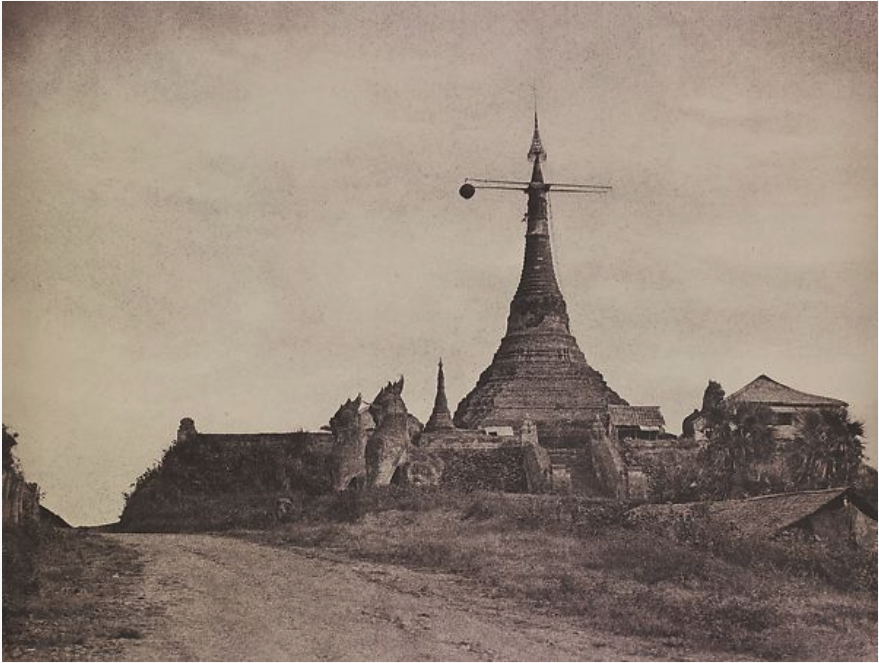


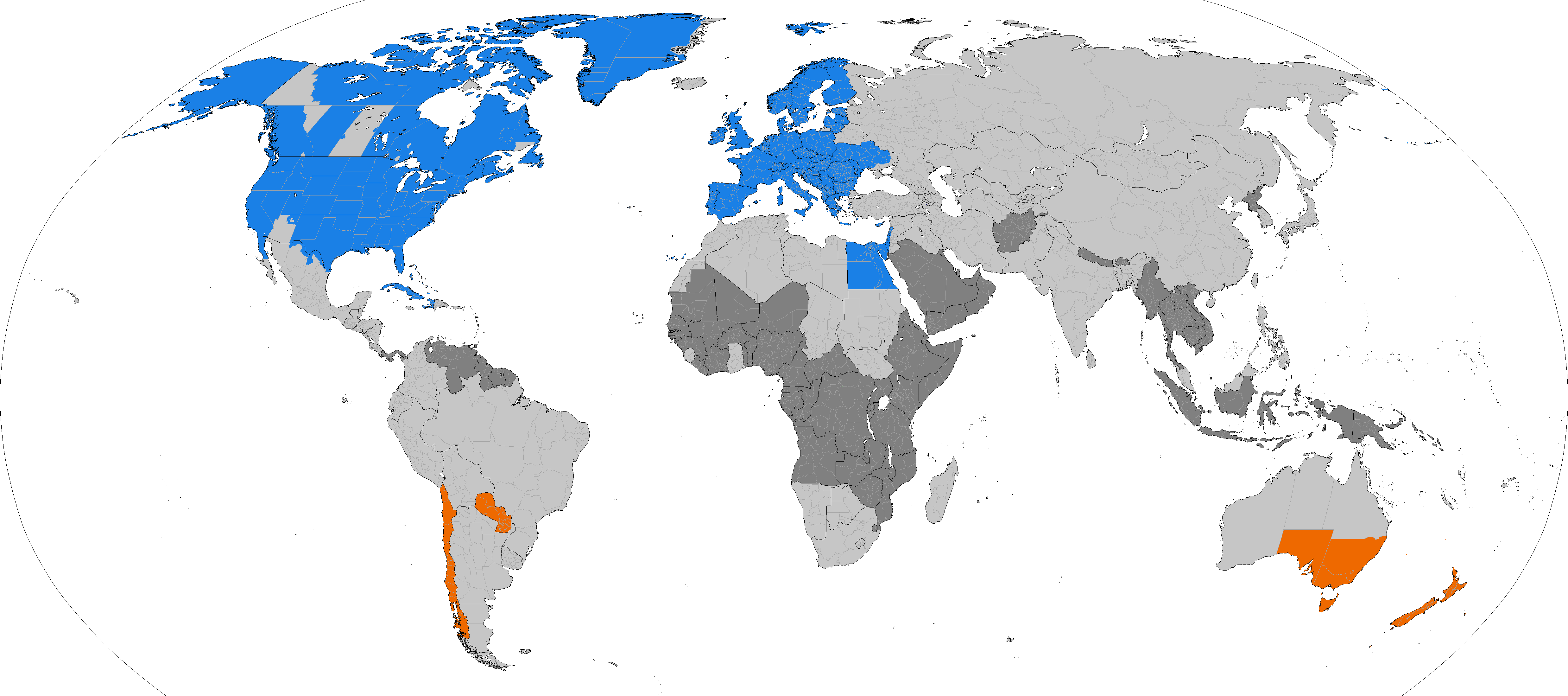
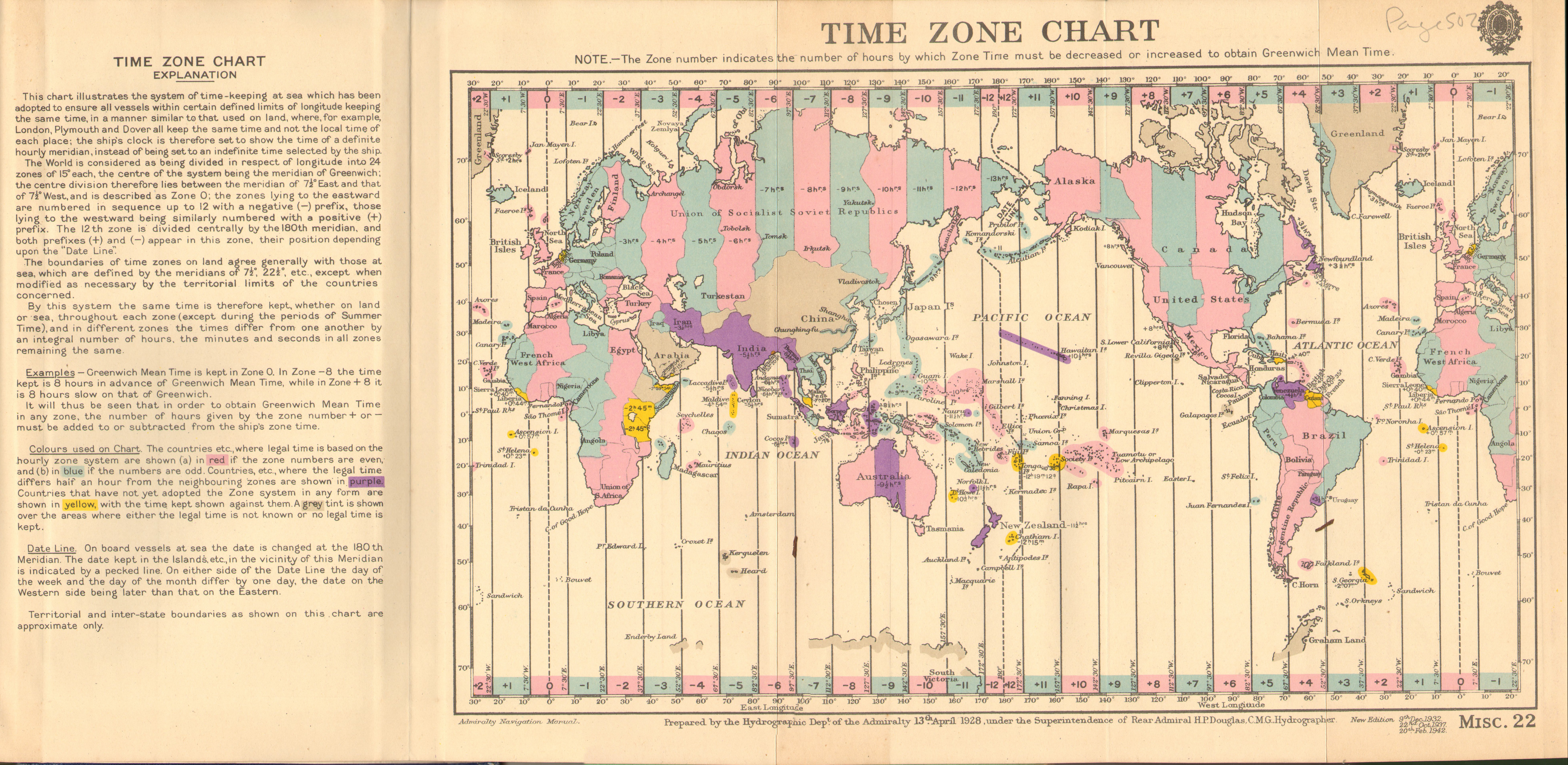

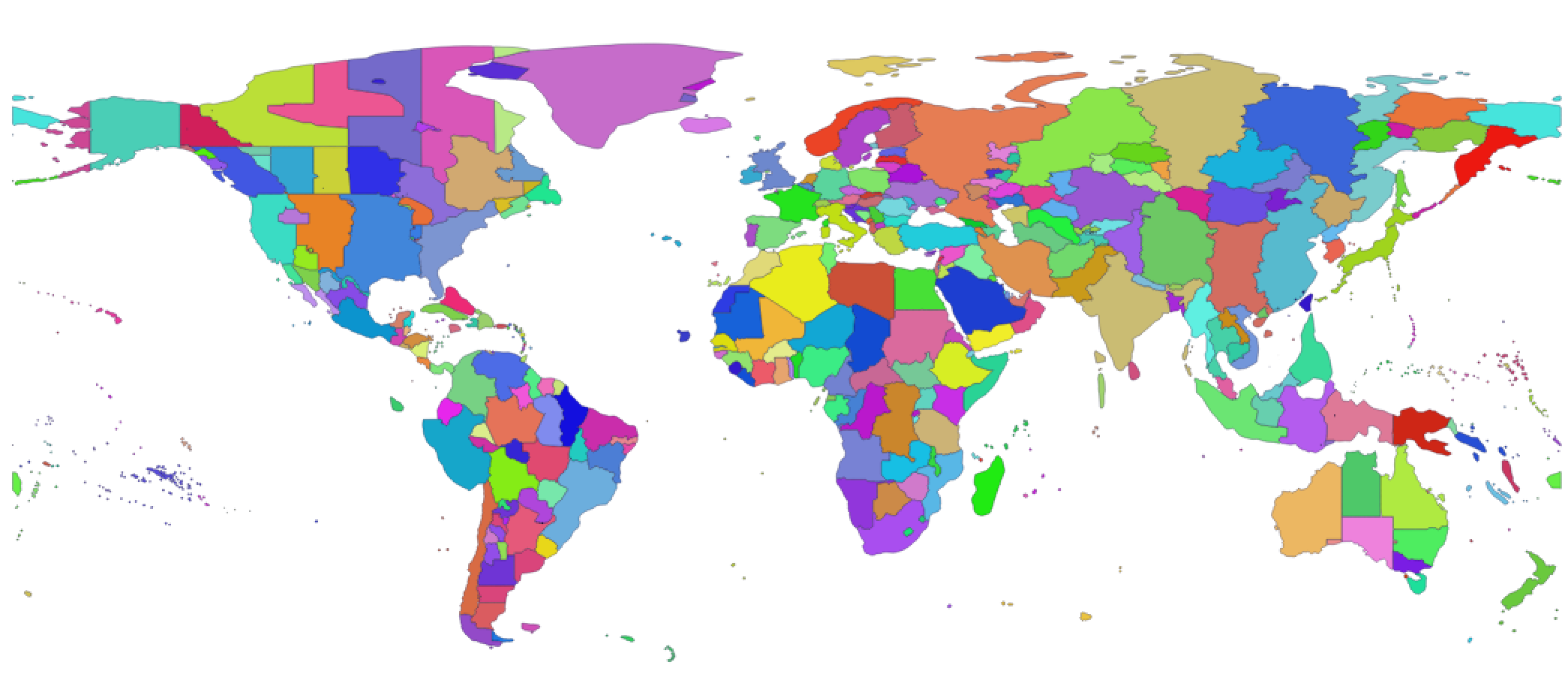
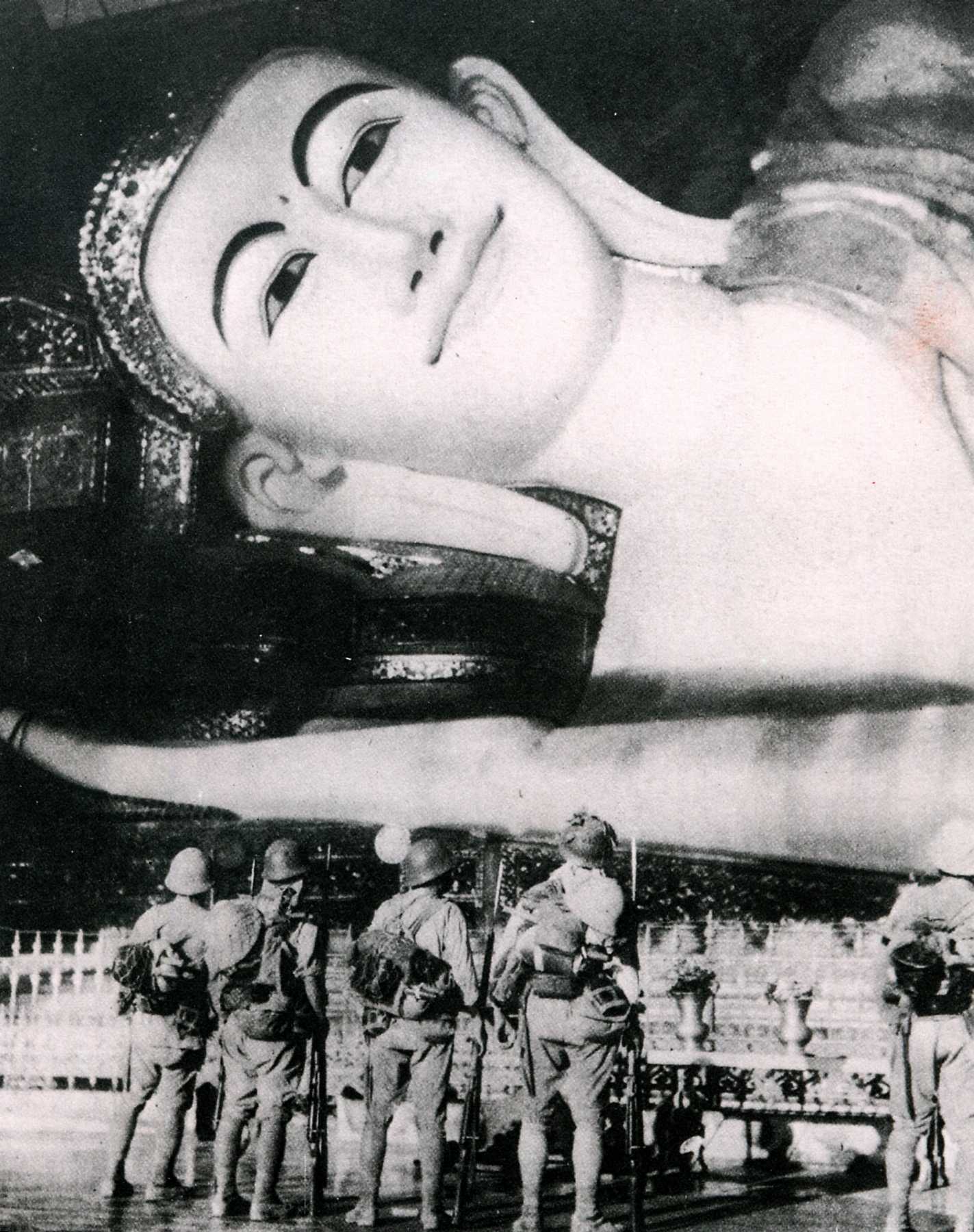
.png)